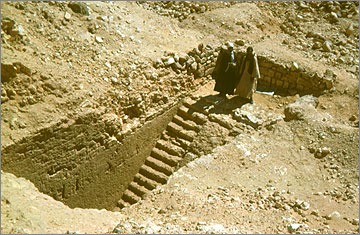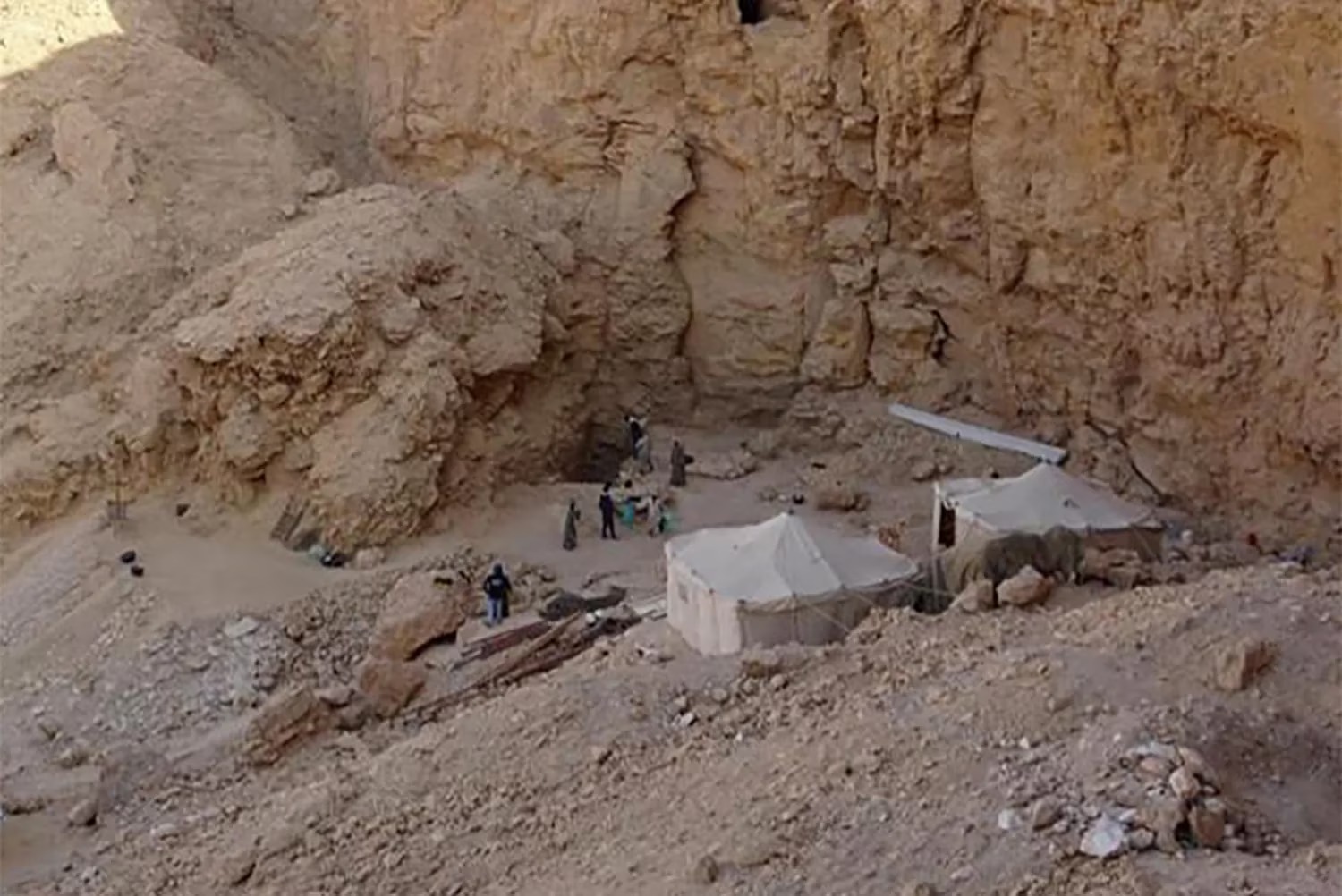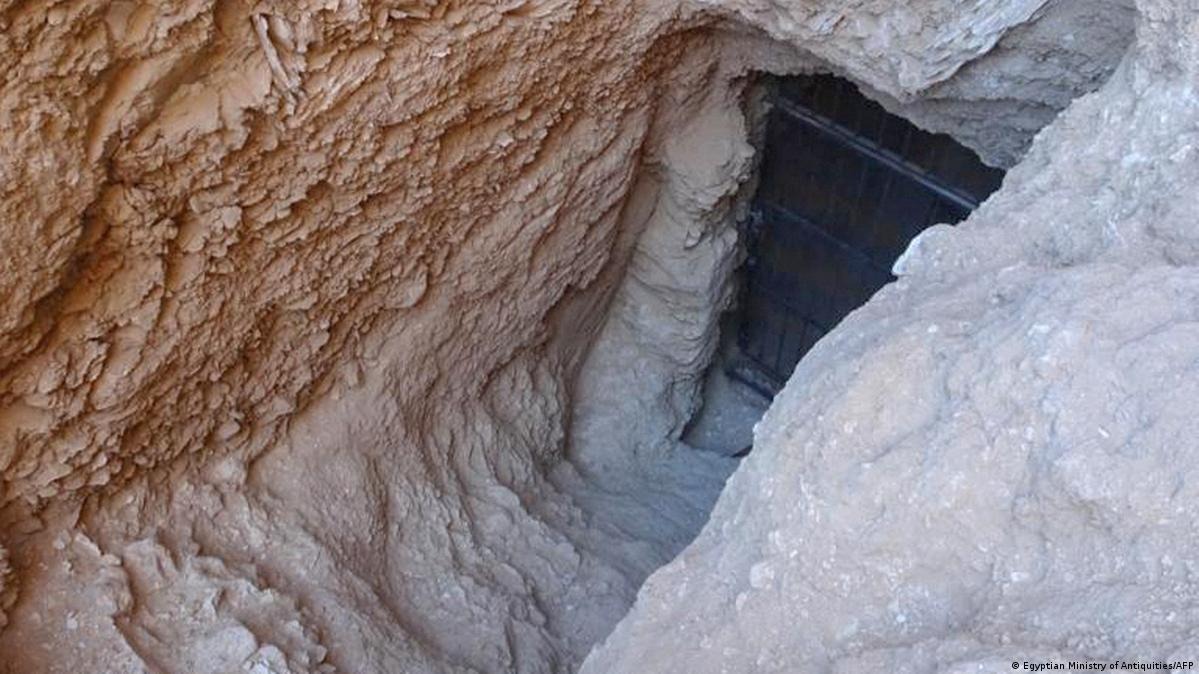ARCHAEOLOGISTS HAVE UNEARTHED A ROYAL TOMB DURING EXCAVATIONS IN LUXOR, EGYPT.
The discovery was announced by the Ministry of Tourism and Antiquities, where researchers found the tomb on the west bank of the Nile River where the Valley of the Queens, known then as Ta-Set-Neferu, is located.
Early estimates place the tomb to the 18th Dynasty (1550/1549 to 1292 BC) during the New Kingdom of Pharaonic Egypt.

The dynasty is also known as the Thutmosid Dynasty for the four pharaohs named Thutmose, but was also the period where some of Egypt’s most famous pharaohs such as Hatshepsut, Amenhotep IV/Akhenaten and Tutankhamun also ruled.
The excavation was conducted by researchers from Egypt’s Supreme Council of Antiquities and archaeologists from the University of Cambridge.

The team found the tomb at the base of a small cliff, with rock-cut steps leading down to the burial chamber. The interior is in a poor state of preservation due to ancient floods filling the tomb with limestone sediment and sand that has caused a deterioration of the internal inscriptions and architecture.
This has meant that the archaeologists have been unable to determine who was the intended was for burial, but they hope that further excavations may reveal more information in the coming months.

The researchers suggest that the tomb likely belonged to a lesser royal who was possibly one of the wives of the pharaoh’s sons or a princess of Thutmosid lineage.
Mostafa Waziri, head of Egypt’s Supreme Council of Antiquities said: “The first elements discovered so far inside the tomb seem to indicate that it dates back to the 18th dynasty” of pharaohs Akhenaton and Tutankhamun.”
Src: heritagedaily.com








